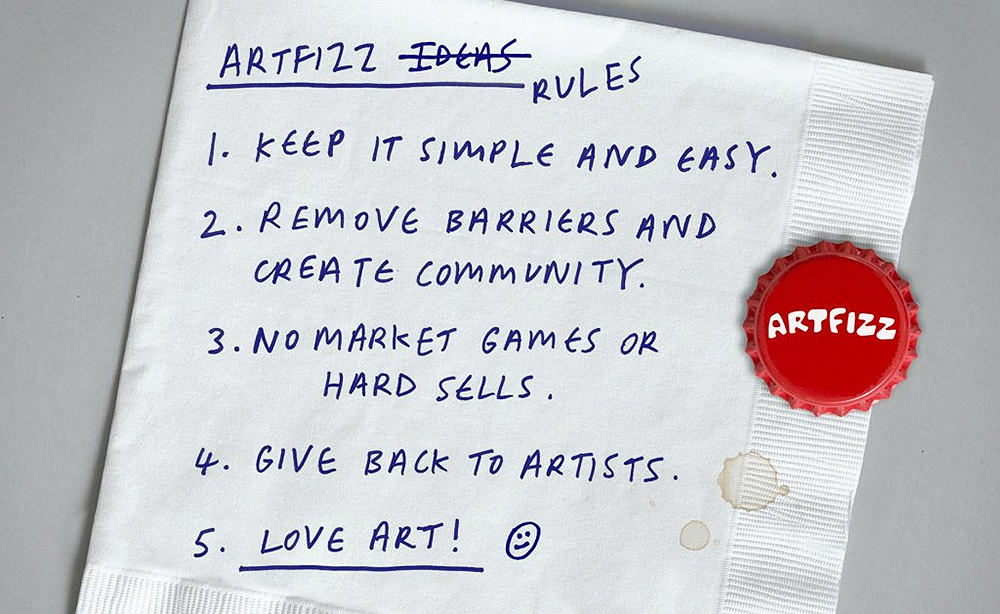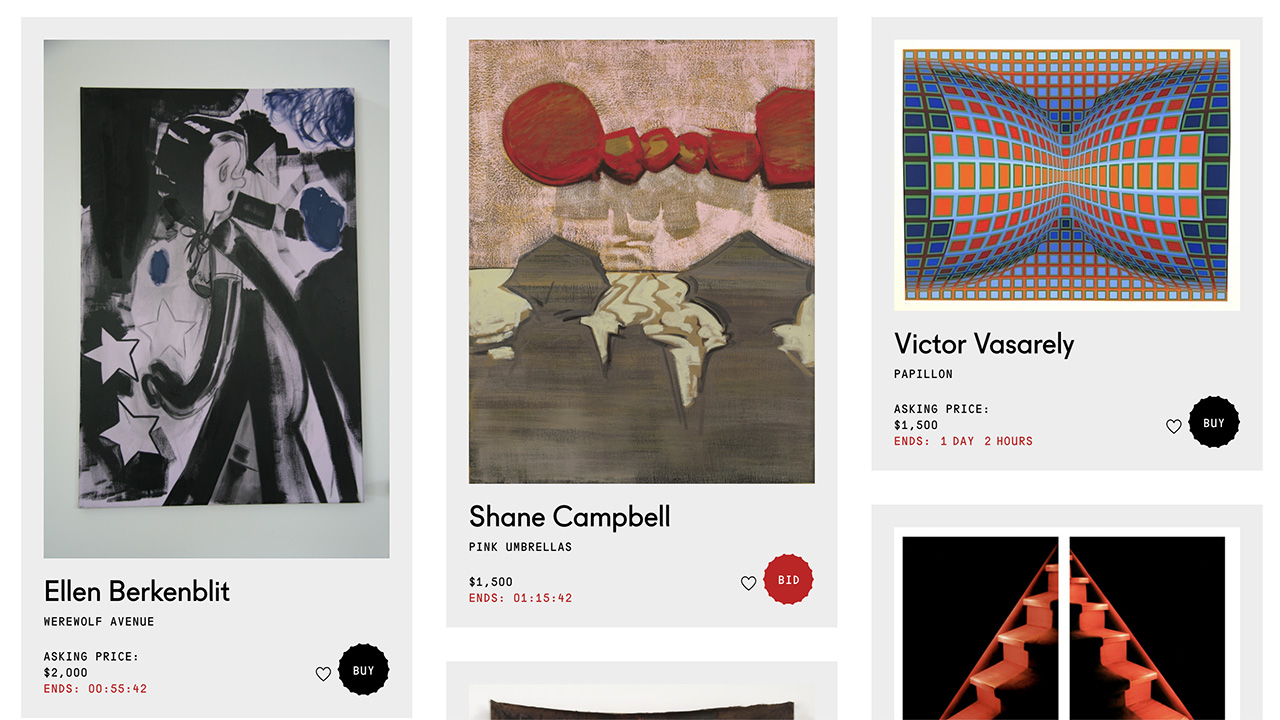Artsy’s 2021 Gallery Insights Report states that the online art market is slated to hit $8.37 billion by 2023, a figure bolstered by the gallery world’s hasty digital shift in the wake of the COVID-19 pandemic, while 73 percent of gallery business in 2020 came from new clients. This reflects the material and generational shifts occurring in the international collector pool at large — millennials are getting older, e-commerce has effectively replaced in-person consumerism, and budgetary concerns make the $500 – $20,000 range most common in online arts sales particularly attractive to potential and younger buyers.
A change in the onus of taste-making also plays a role in these statistics: collectors want to patronize individual, up-and-coming artists according to their own aesthetic interests, preferring personal, unique features over the whims of market trends. As the tectonic plates of the art world start to rumble, the need for forward-thinking sales strategies becomes especially crucial. Enter Artfizz, a new online marketplace with an eye towards community-building through simple, transparent practices.

Centering artist agency in secondary markets, Artfizz works to connect buyers and sellers, and ensures artists receive a cut whenever their work is sold on the platform. Image: Artfizz.com
“It’s helpful to know how artists work if you want to work with artists,” says Matthew Dipple, Co-Founder and Executive Director of Artfizz. Described as a “platform for fairness,” Dipple’s brainchild, which launched February 16 this year, seeks to center the needs of artists while fulfilling the wants of collectors. Artfizz does away with traditional auction house listing fees, charges only 15% commission, and promises that half of the commission it receives on eligible aftermarket sales goes to the artist — a renegade move in the broader context of tried-and-true art world tradition. “In some ways,” he explains, “artists are the ultimate gig workers, and they don’t get royalties. That shouldn’t be the case.”
In an interview with Jing Culture and Commerce, Dipple also made it clear that Artfizz doesn’t plan on bowing to fashion, a position that sets his platform apart from the auction status quo. “In every other model, there’s a curation that happens; everyone’s looking for the next hot artist, and we were less interested in that than the idea that anyone could sell anything,” he says. “We’re not dictated by market trends; we believe that there are many lovers for every artwork, and historically, we can see that’s been the case.”
This expansive, egalitarian view of art sales helps Artfizz users genuinely connect with the pieces they want to purchase, since, in Dipple’s words, “just because there isn’t a hot market for an artist in the top 2 percent of collectors, doesn’t mean there’s not a market at all.”
Artfizz has some fierce competition. Juggernauts like Artsy and Artnet boast incredible inventory, Amazon Art has unbeatable reach, and sites like Invaluable bring the old-guard auction house model straight to any buyer’s laptop. Established e-commerce names like Saatchi Art and Artspace also give artists the opportunity to sell directly without gallery oversight. Still, all these outlets take three times the commission cut Artfizz does, and only Artfizz makes a point of centering artist agency in secondary markets.
Dipple wants to collaborate with galleries in future, but his focus remains on the people making the work. “We live in a culture where we reward creativity pretty readily,” he notes, “whether it’s on social media or elsewhere, and that level of appreciation for creative practices should be lent to visual artists as well.”



